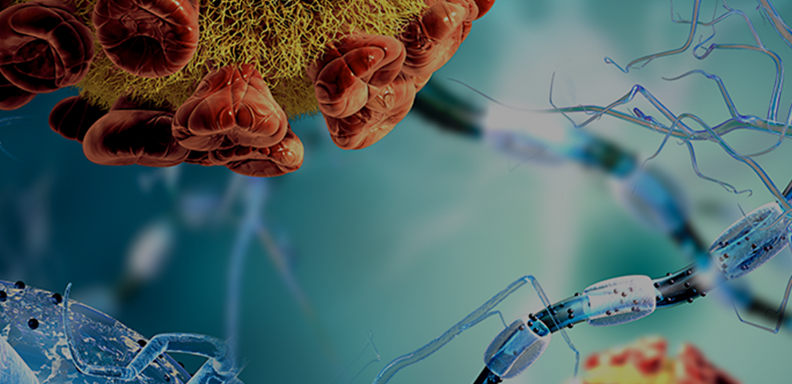By now, millions of people who haven’t thought about genetics since a high school science class are familiar with the concept of messenger RNA, thanks to the lifesaving mRNA vaccines for COVID-19. Instead of putting a weakened or inactivated virus in our bodies, mRNA vaccines use strands of synthetic messenger RNA to teach our cells how to make a protein—in this case the infamous spike protein on the surface of the coronavirus--to trigger an immune response.
Messenger RNA is often chemically modified at various sites by different cellular enzymes that tune its function for generating proteins. The most abundant RNA modification in mammals is called pseudouridine. When Pfizer/BioNTech and Moderna created their COVID-19 vaccines, they generated a synthetic piece of mRNA with a derivative of pseudouridine, which scientists believe helps make the vaccine more effective by making the RNA appear more “self,” or human like, so that the body generates an immune response instead of just destroying it.
While pseudouridine plays a key role in these vaccines, it isn’t clear what role it plays naturally in the human body. This is partly because pseudouridine is difficult to detect and measure; standard genetic sequencing and transcriptomics techniques don’t readily detect such chemical modifications in mRNA molecules. In a new study, researchers from the University of Chicago developed a new sequencing method and machine learning algorithm to identify and measure pseudouridine in the human transcriptome. They used a nanopore technology that allowed them to sequence the mRNA directly instead of through intermediate reverse transcription steps. It can also extend to the full length of the mRNA, revealing all its modified sites.
Using these new tools, they next performed experiments to see what role naturally occurring pseudouridine in mRNA plays in the immune response. They treated cells with interferons, a type of small protein that nearly all cells produce in response to viral and microbial infections. This is a classic experimental method to simulate an immune response, and using their new sequencing tools, the researchers were able to measure the pseudouridine modifications in the cells’ transcriptome. They found that cells not only put pseudouridine in the mRNA, but even more so during an immune response.



